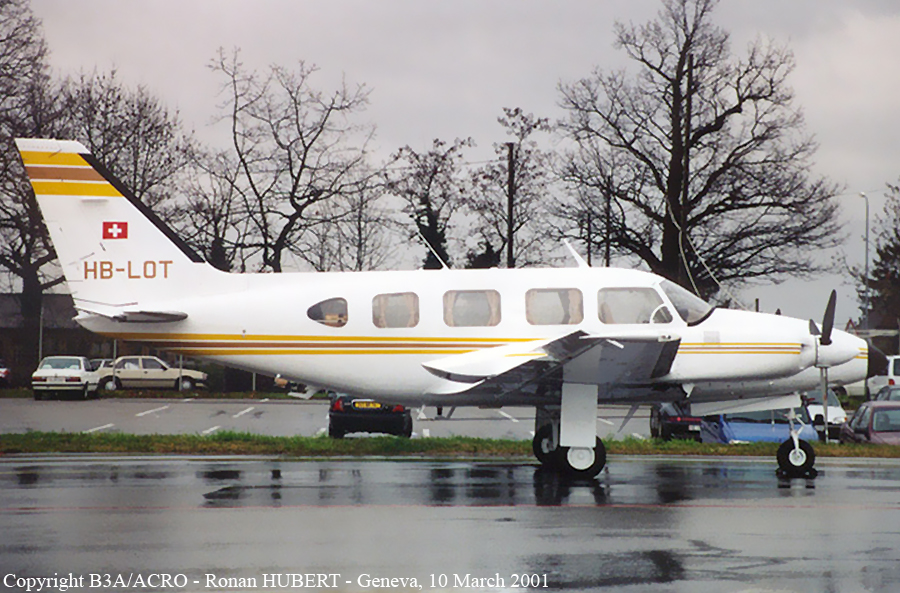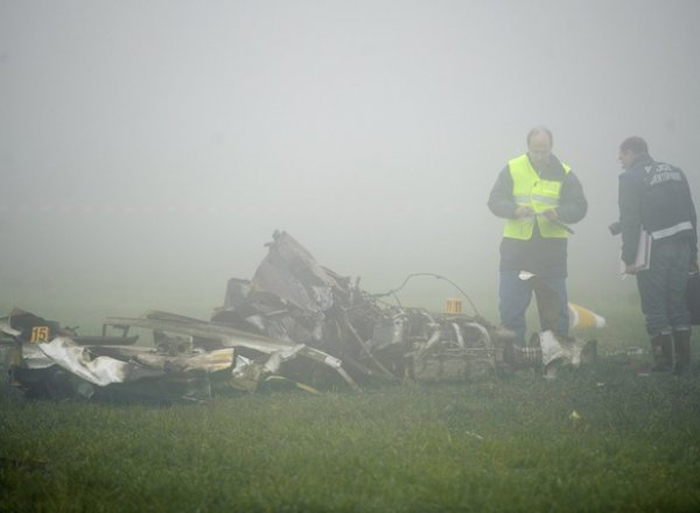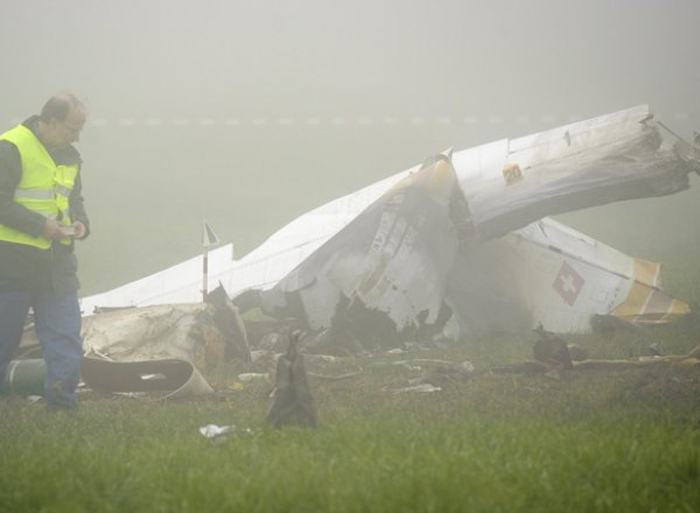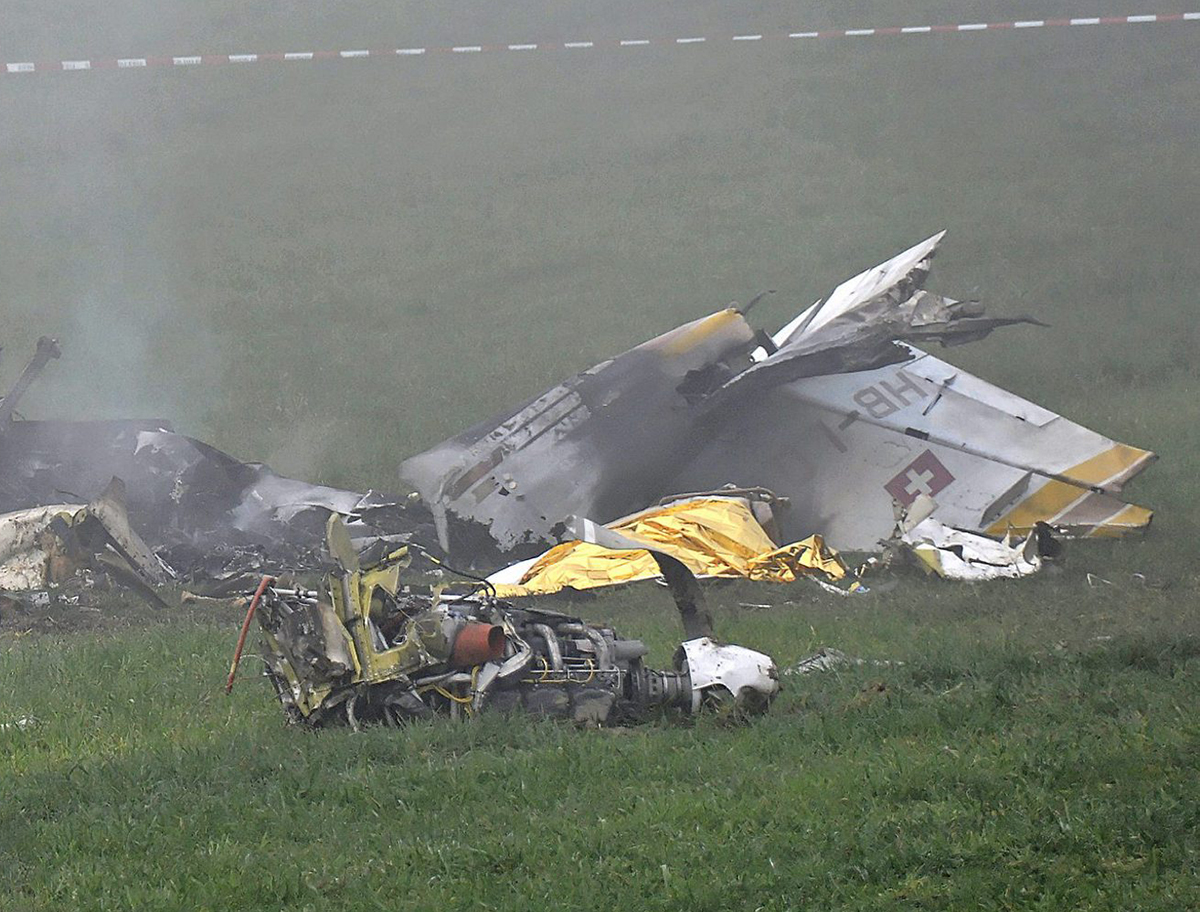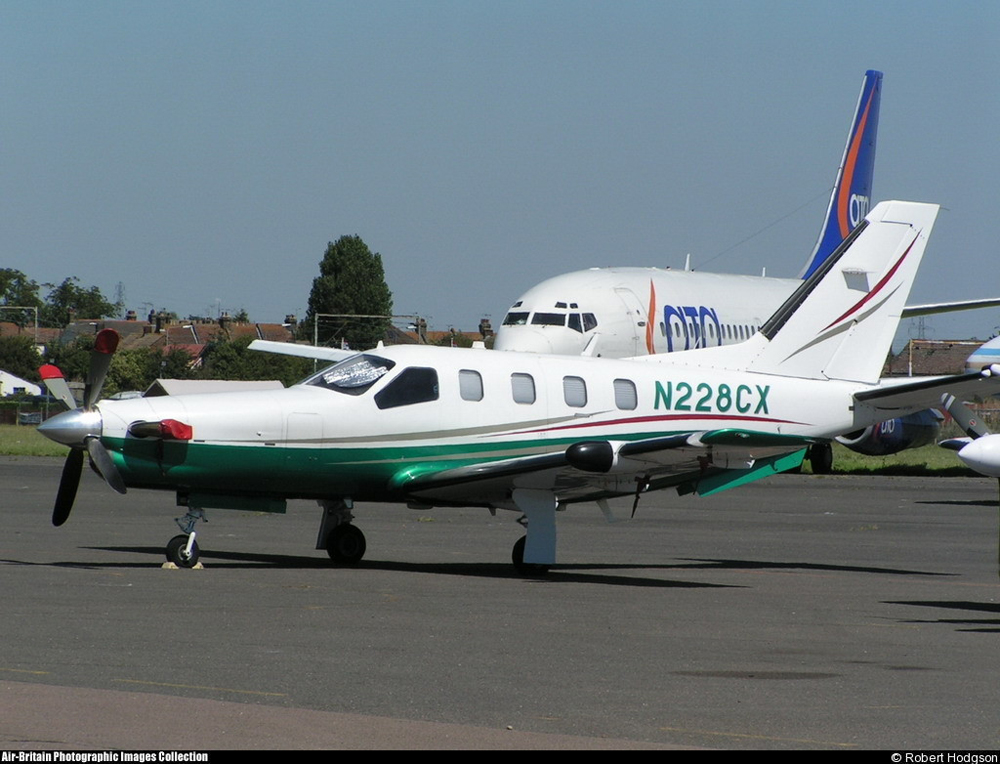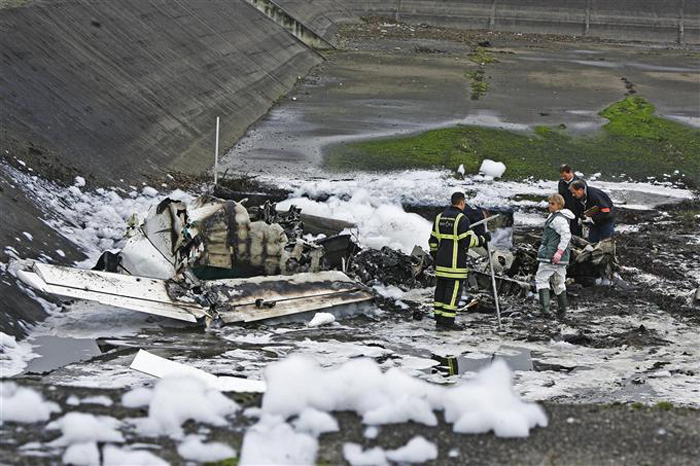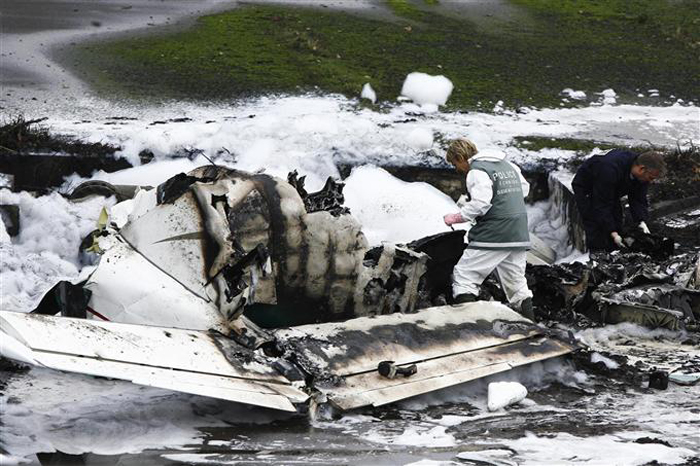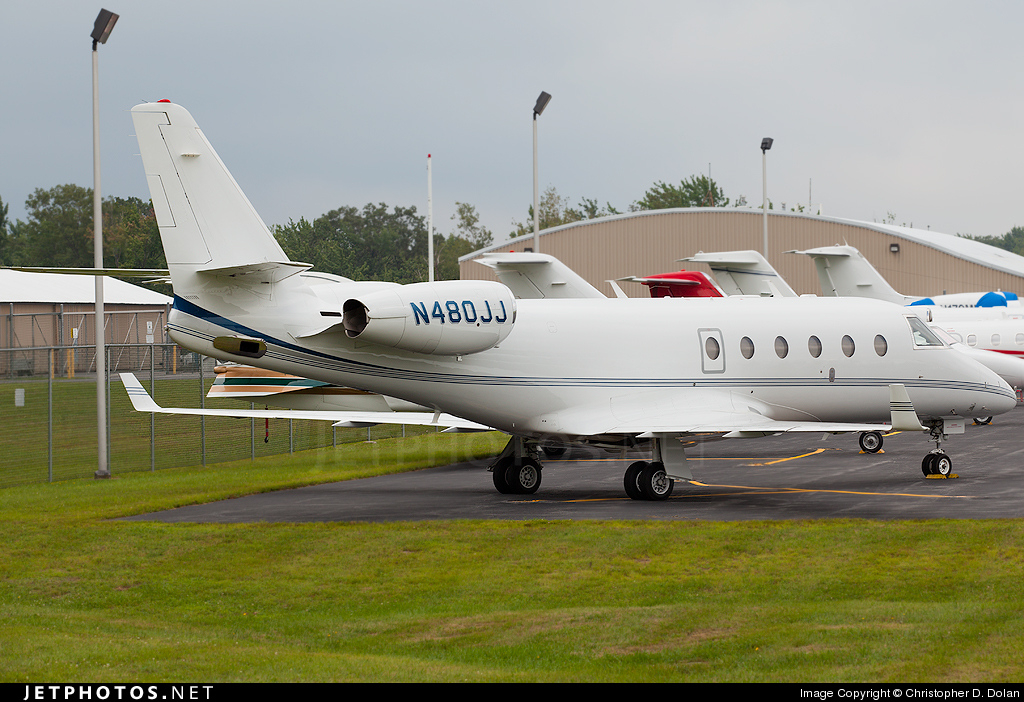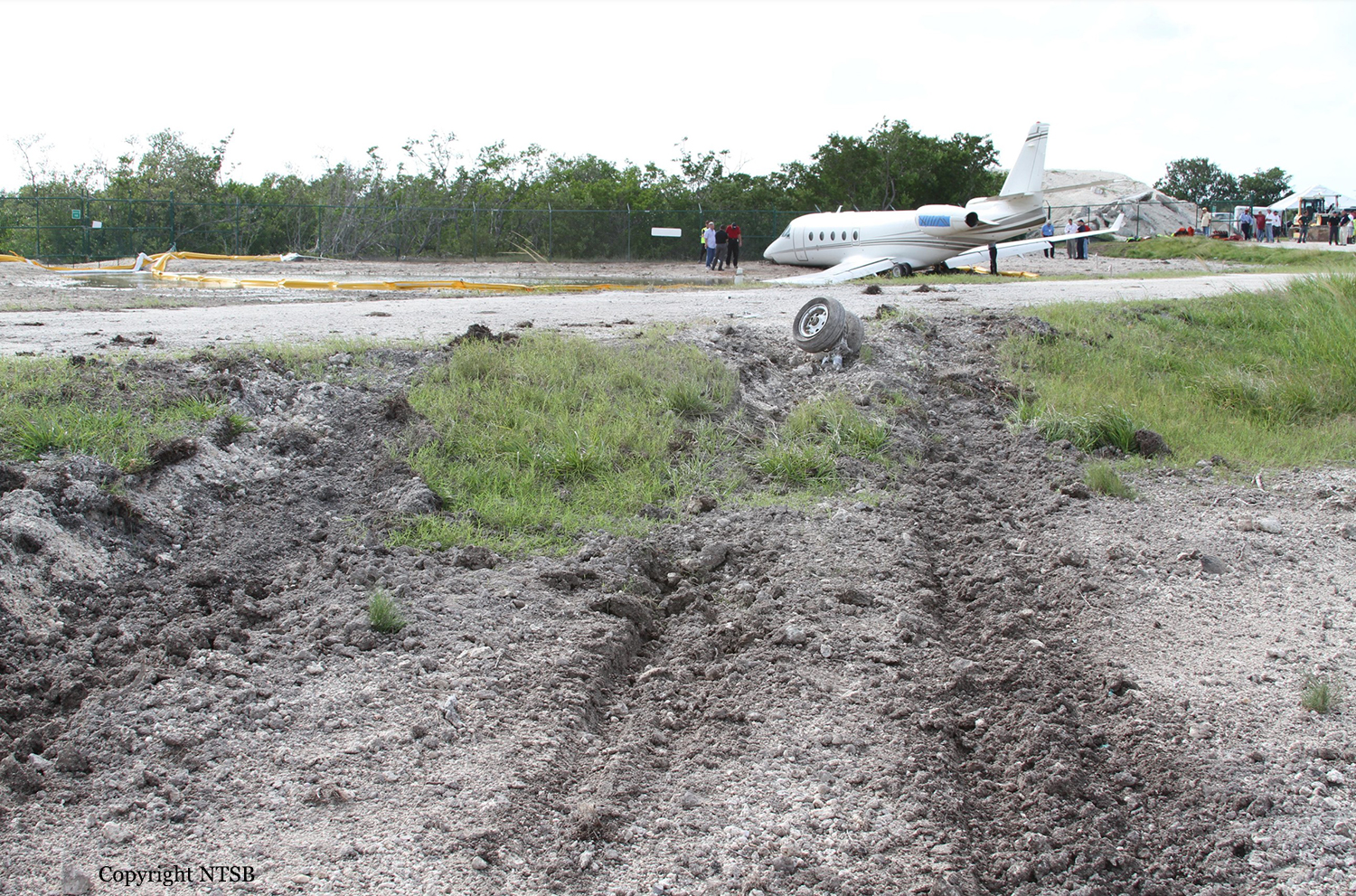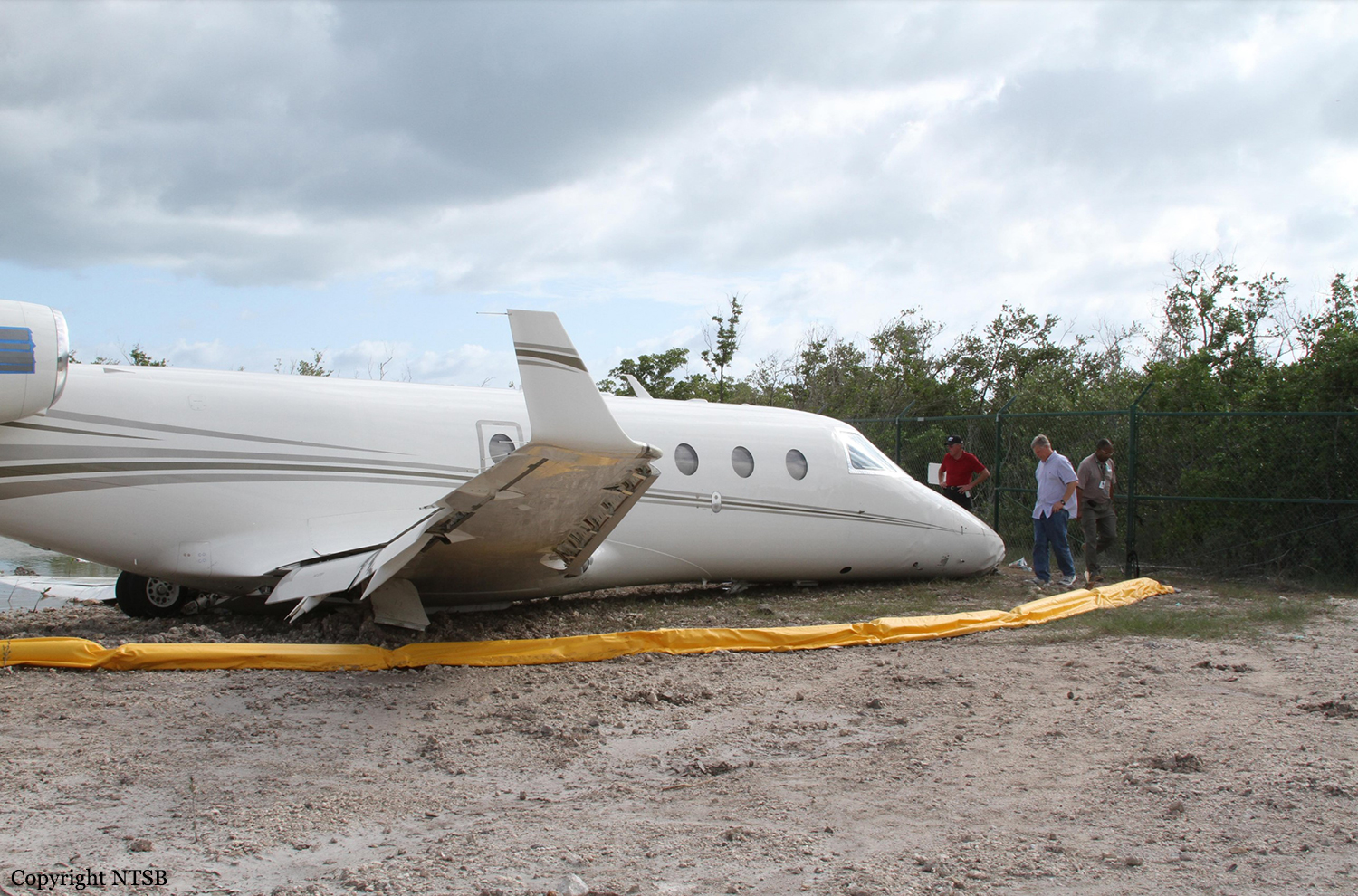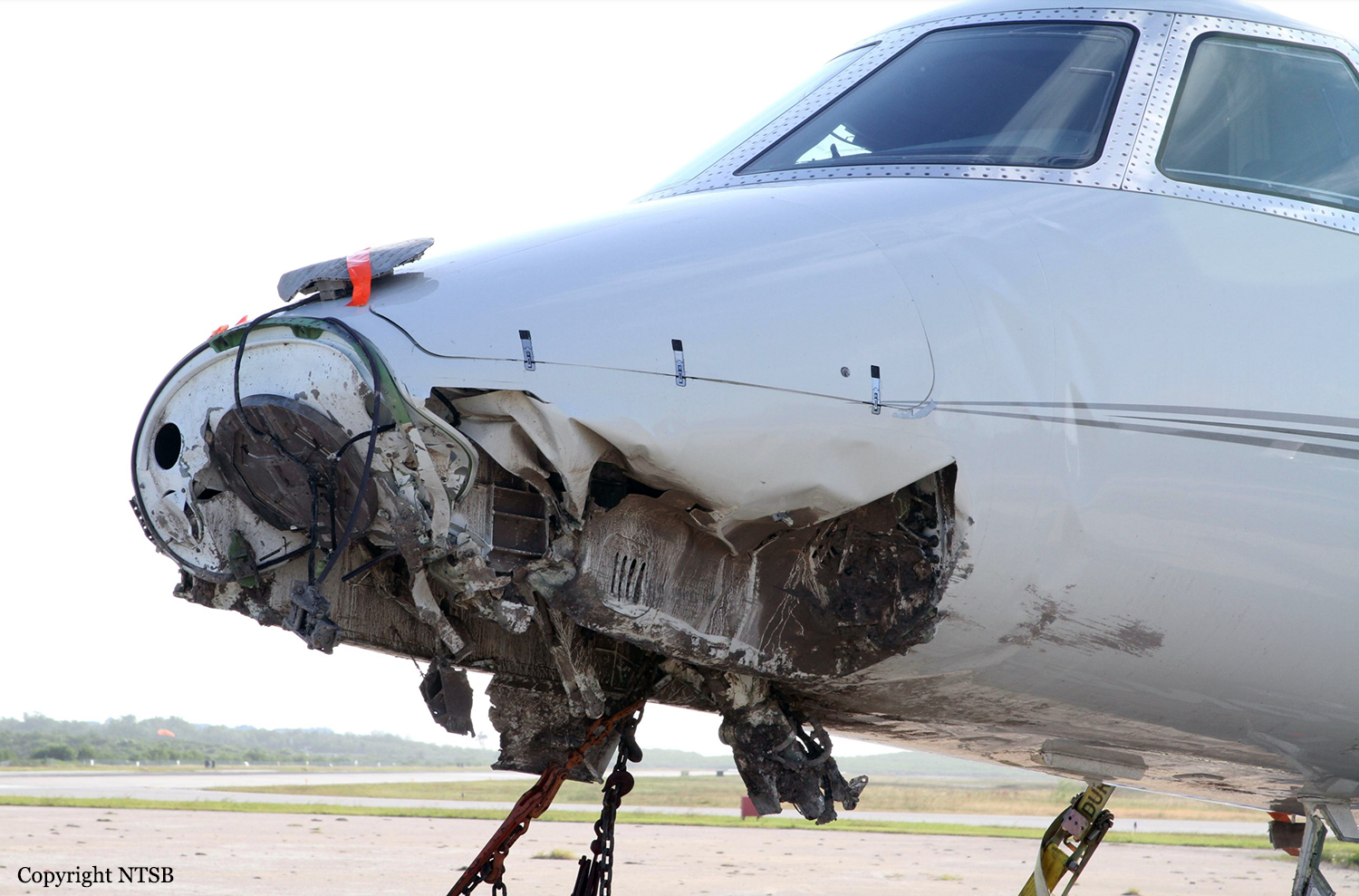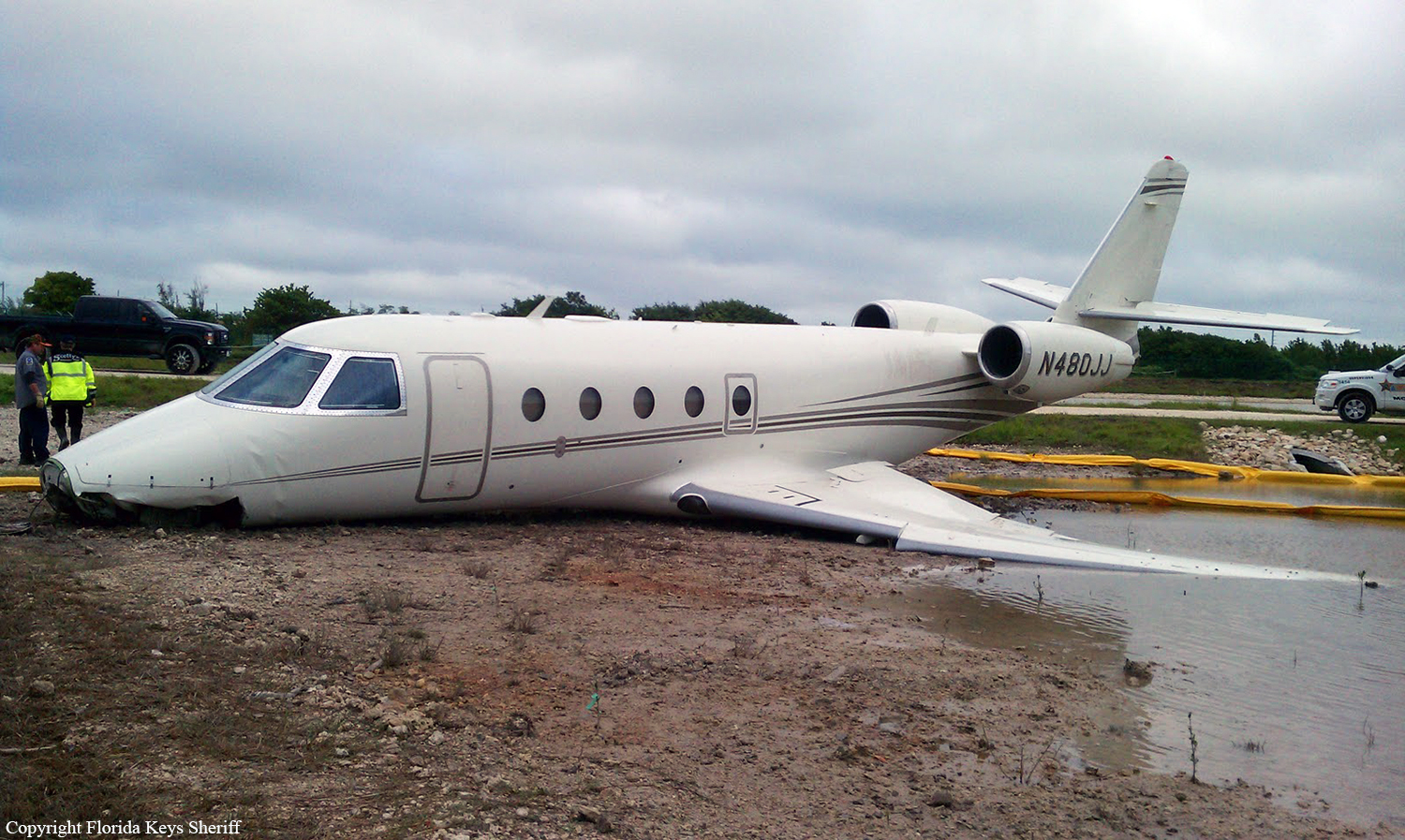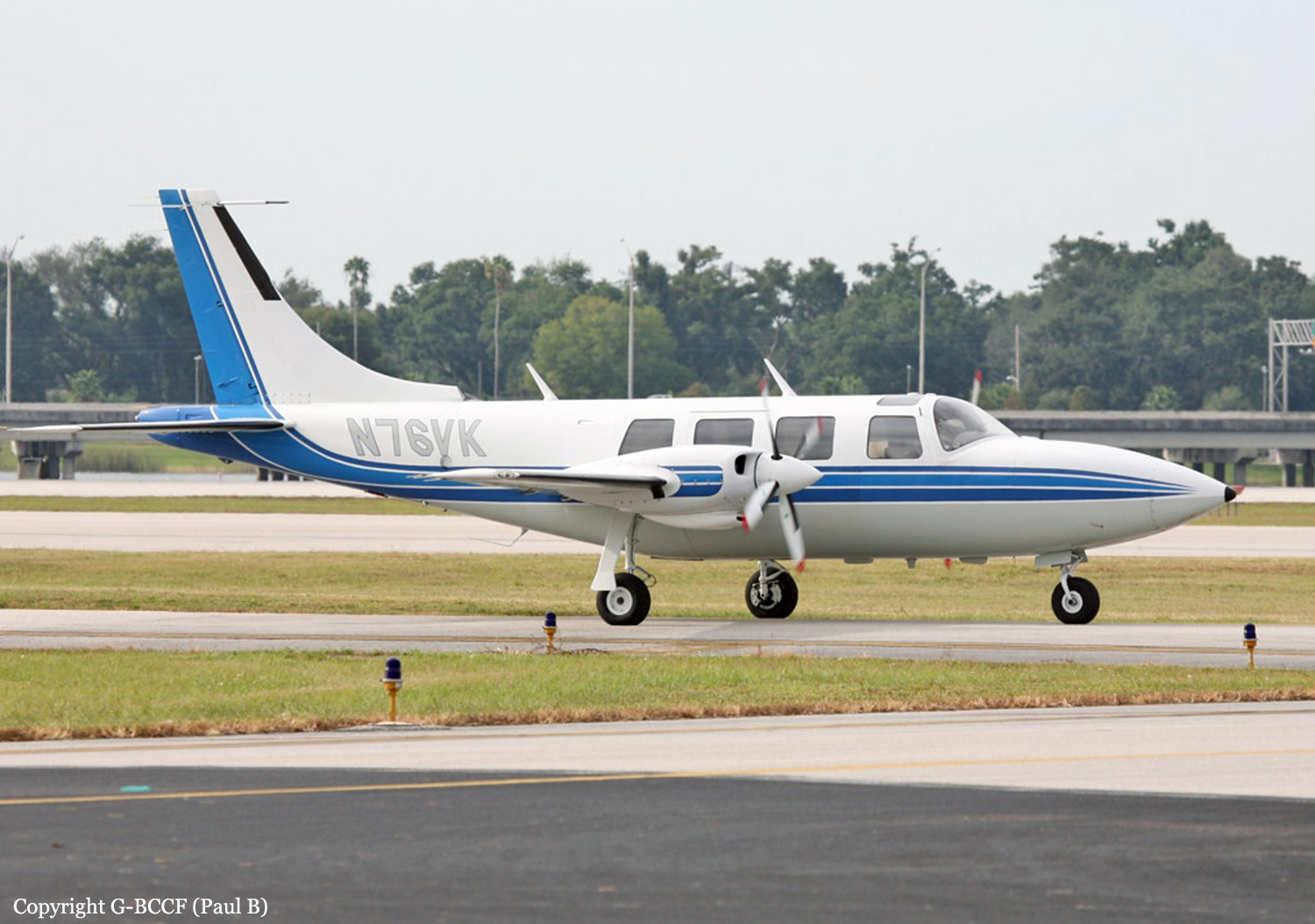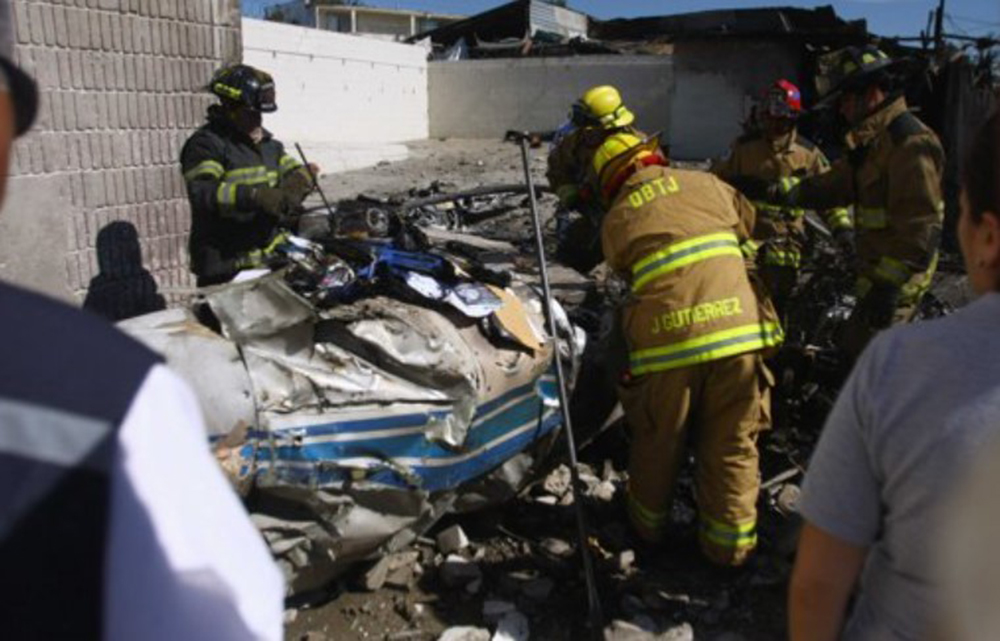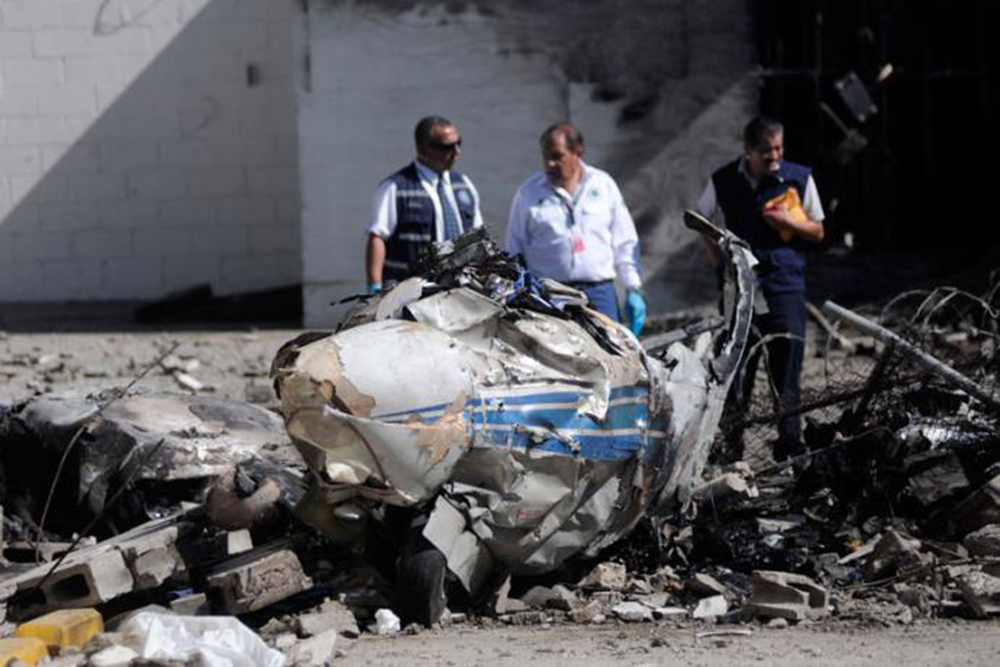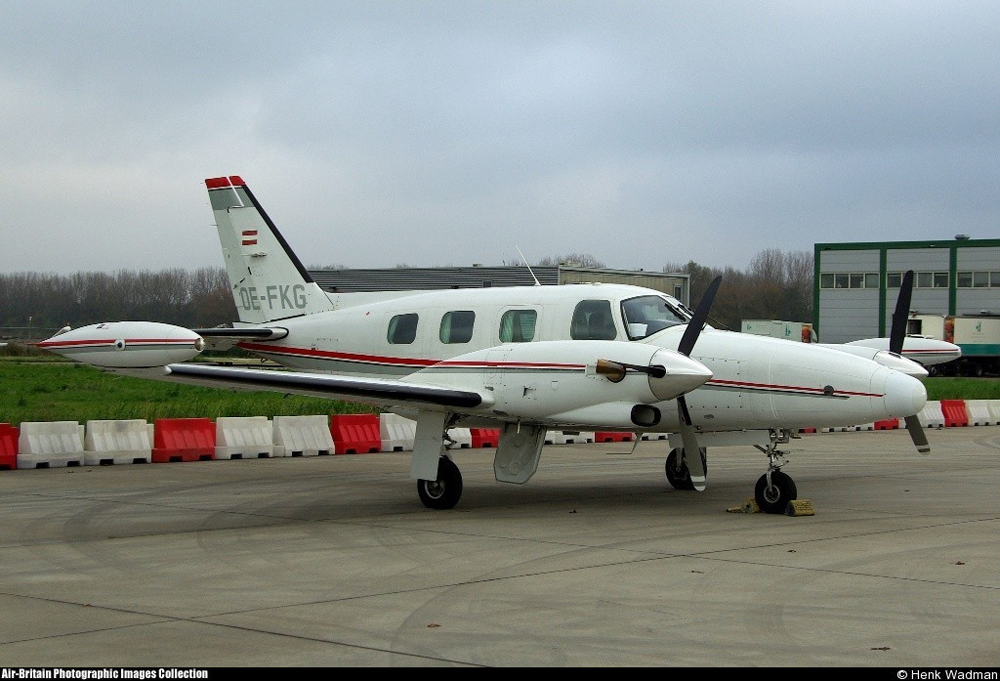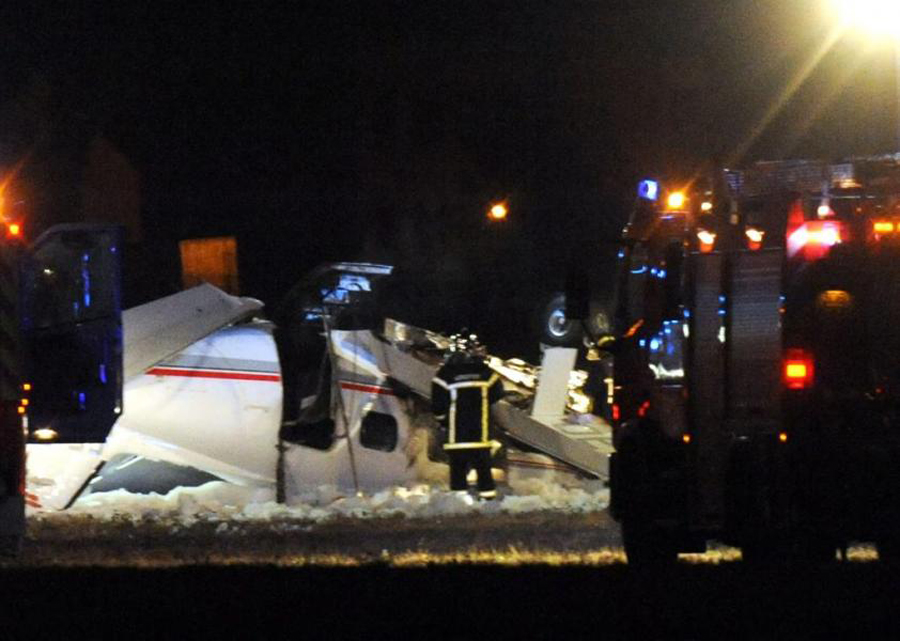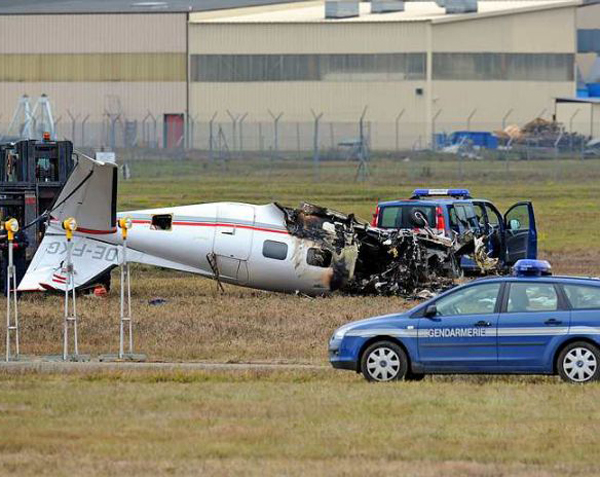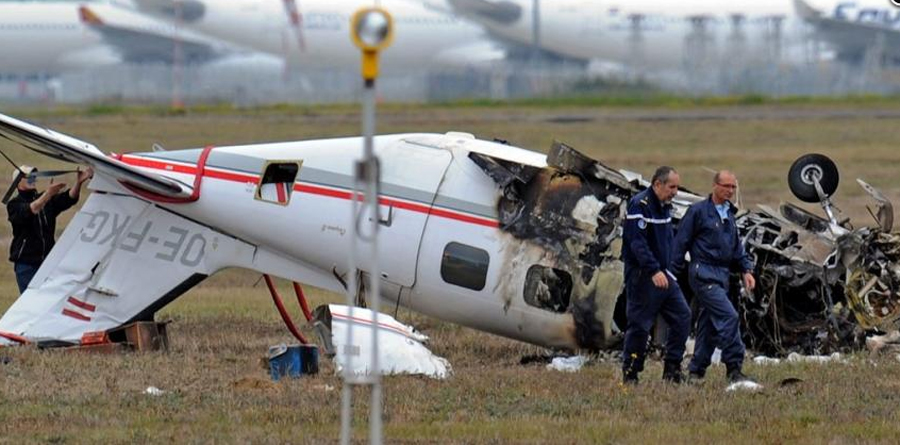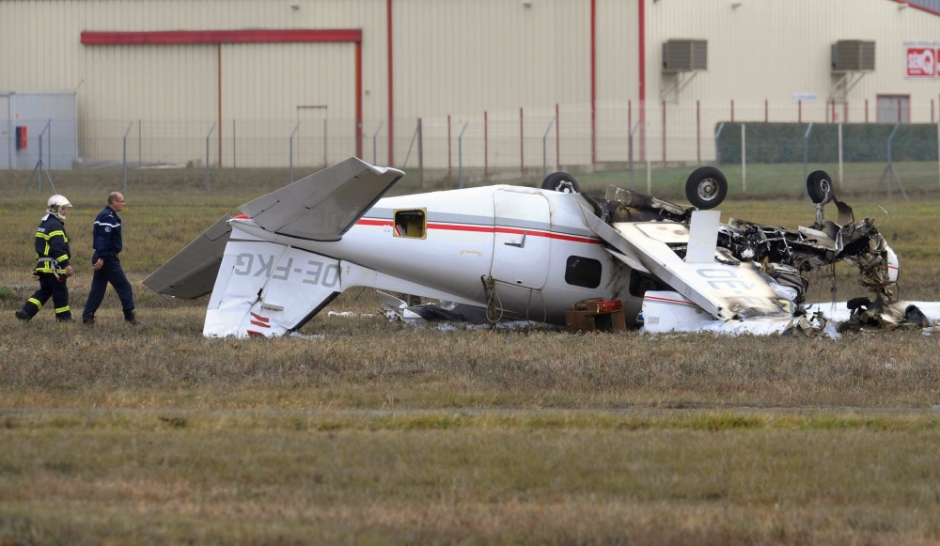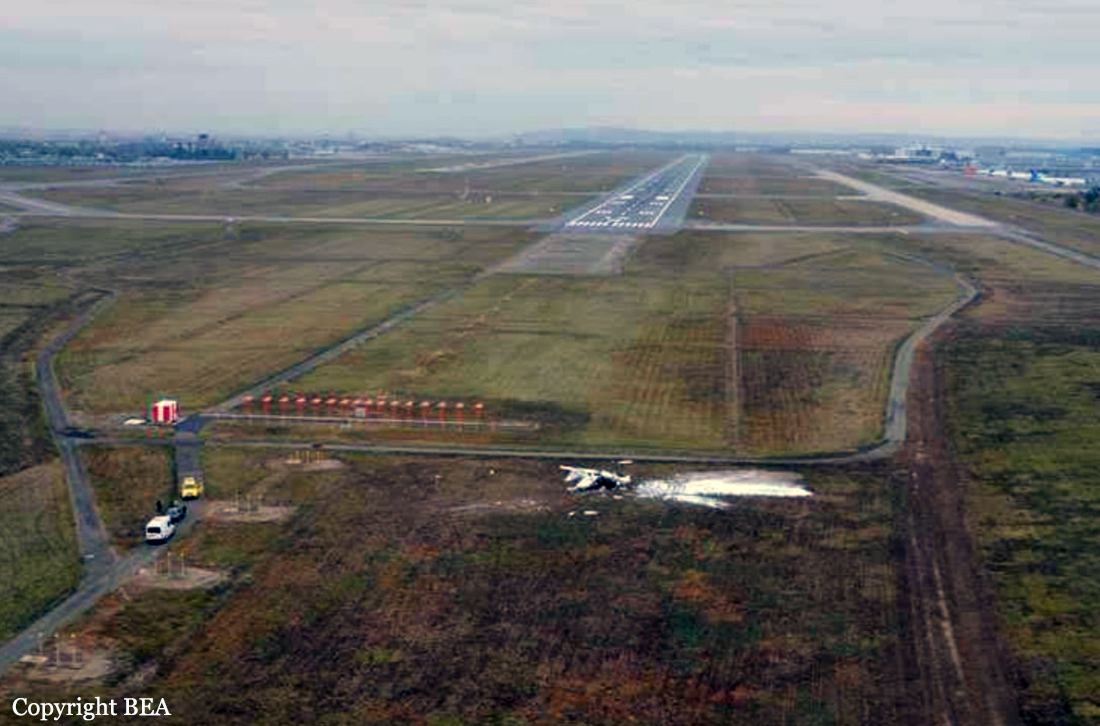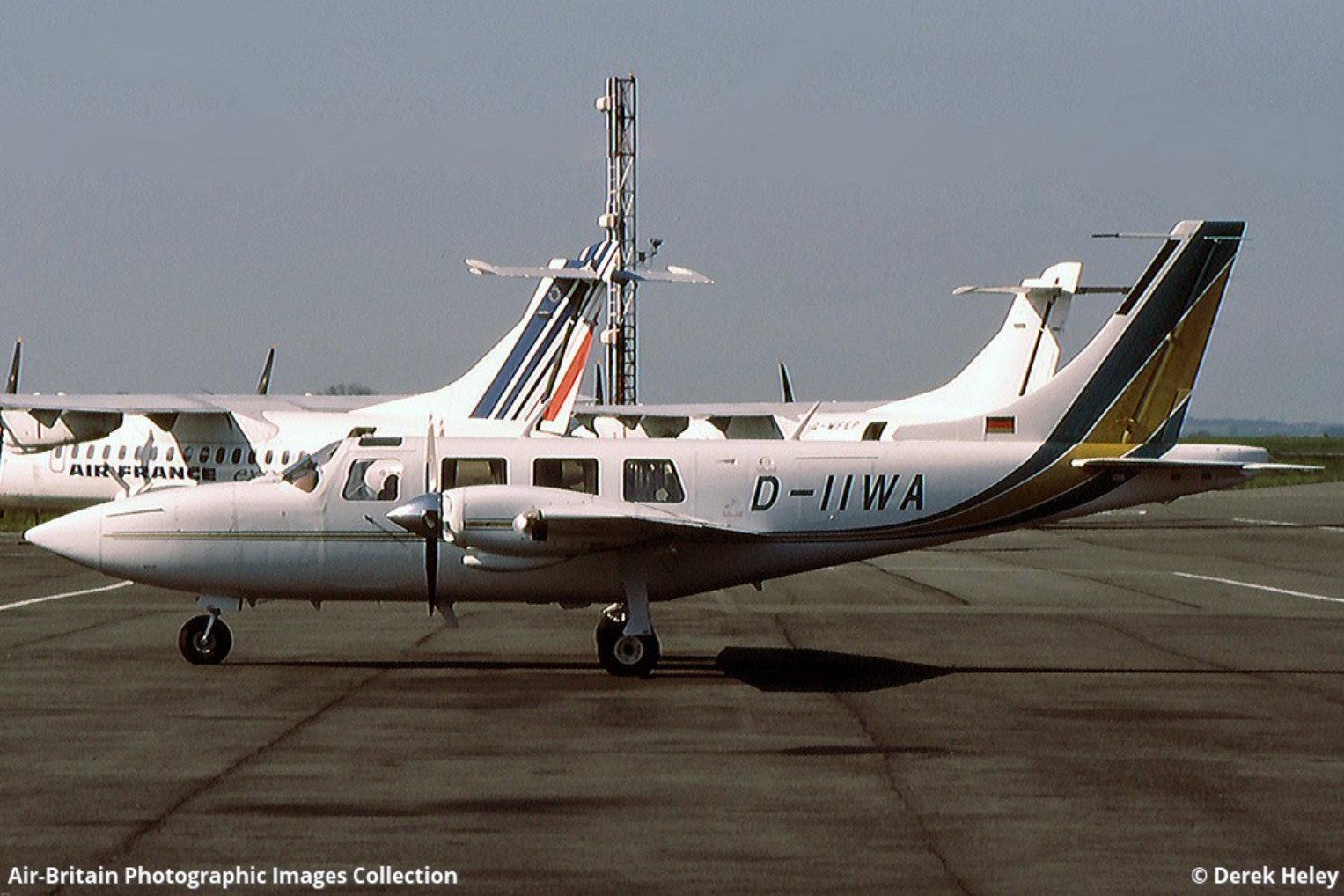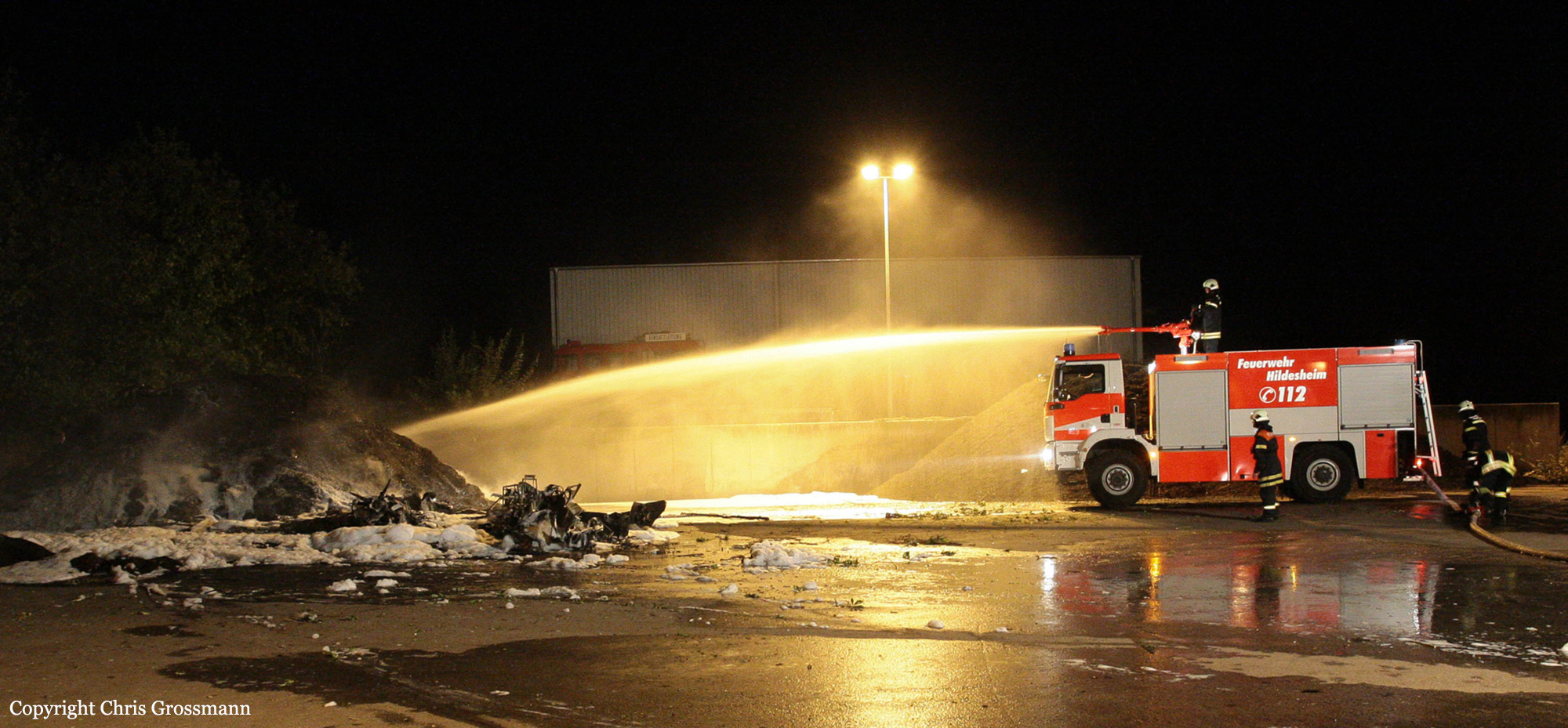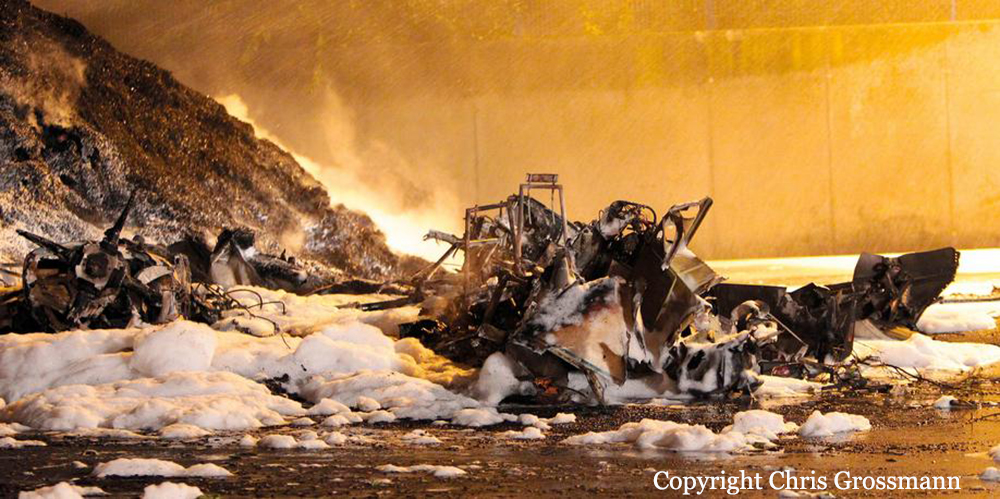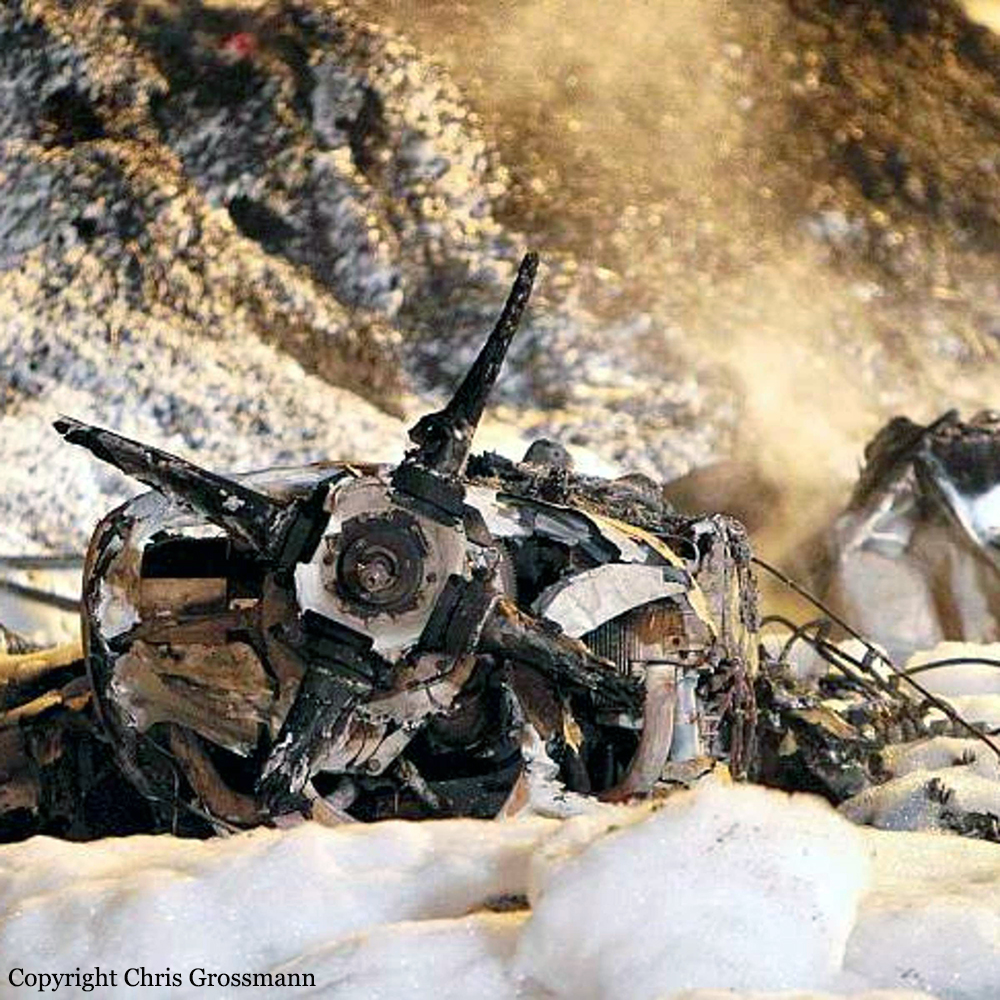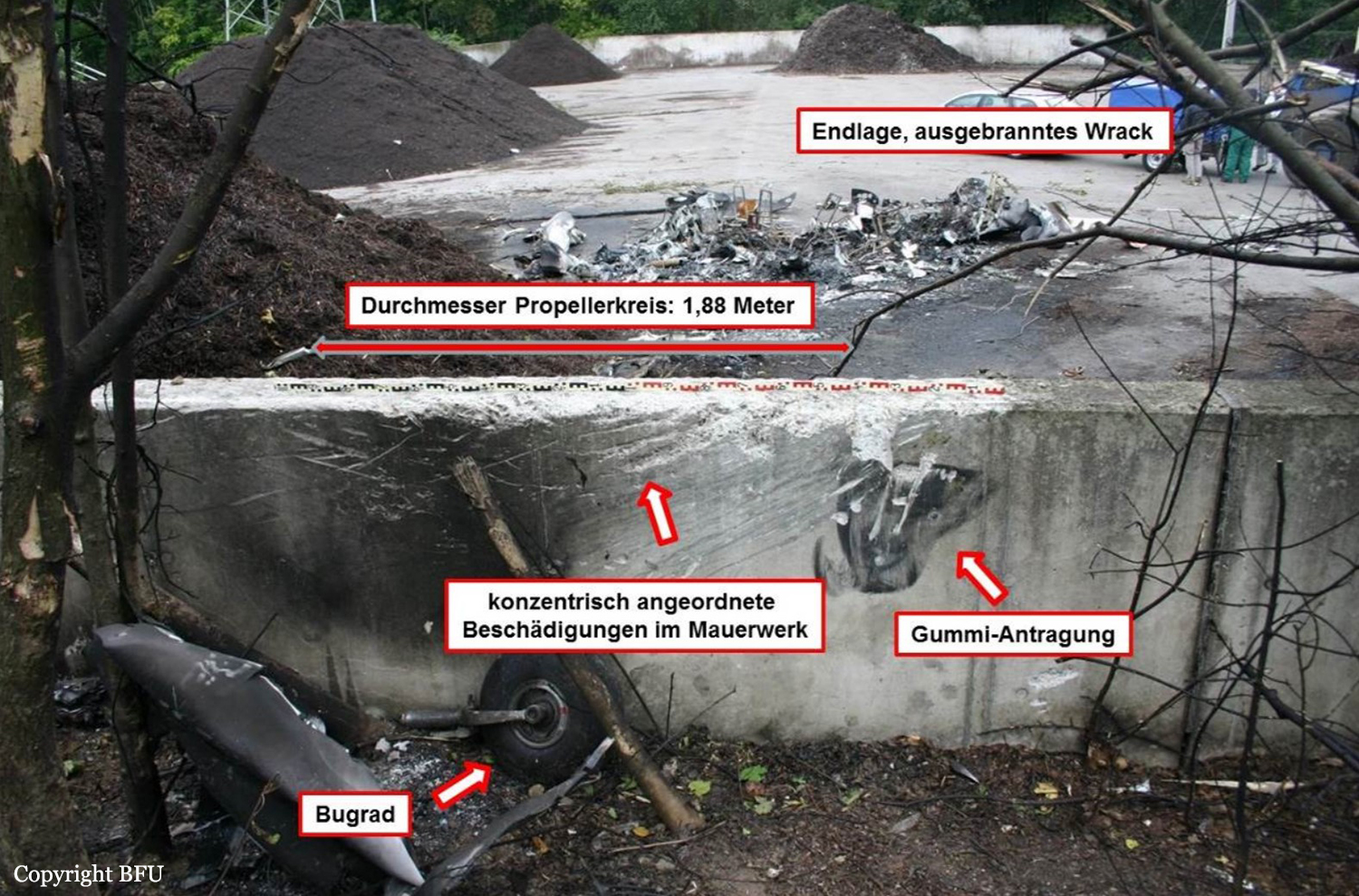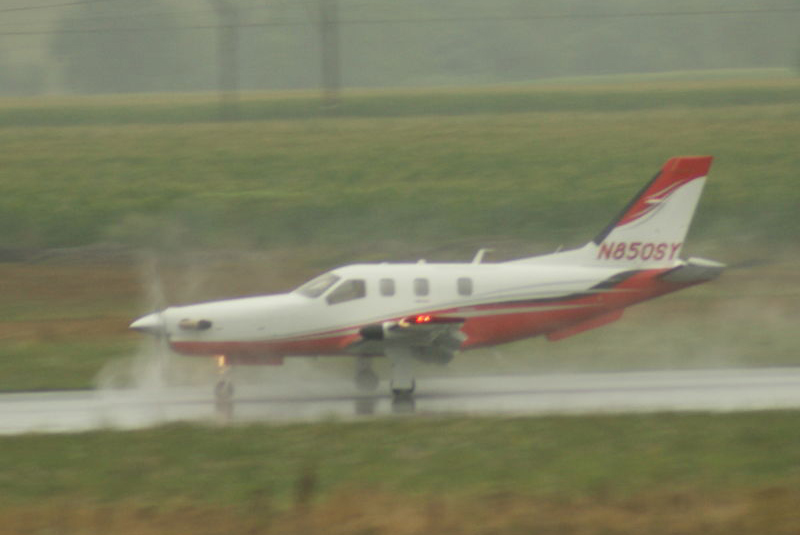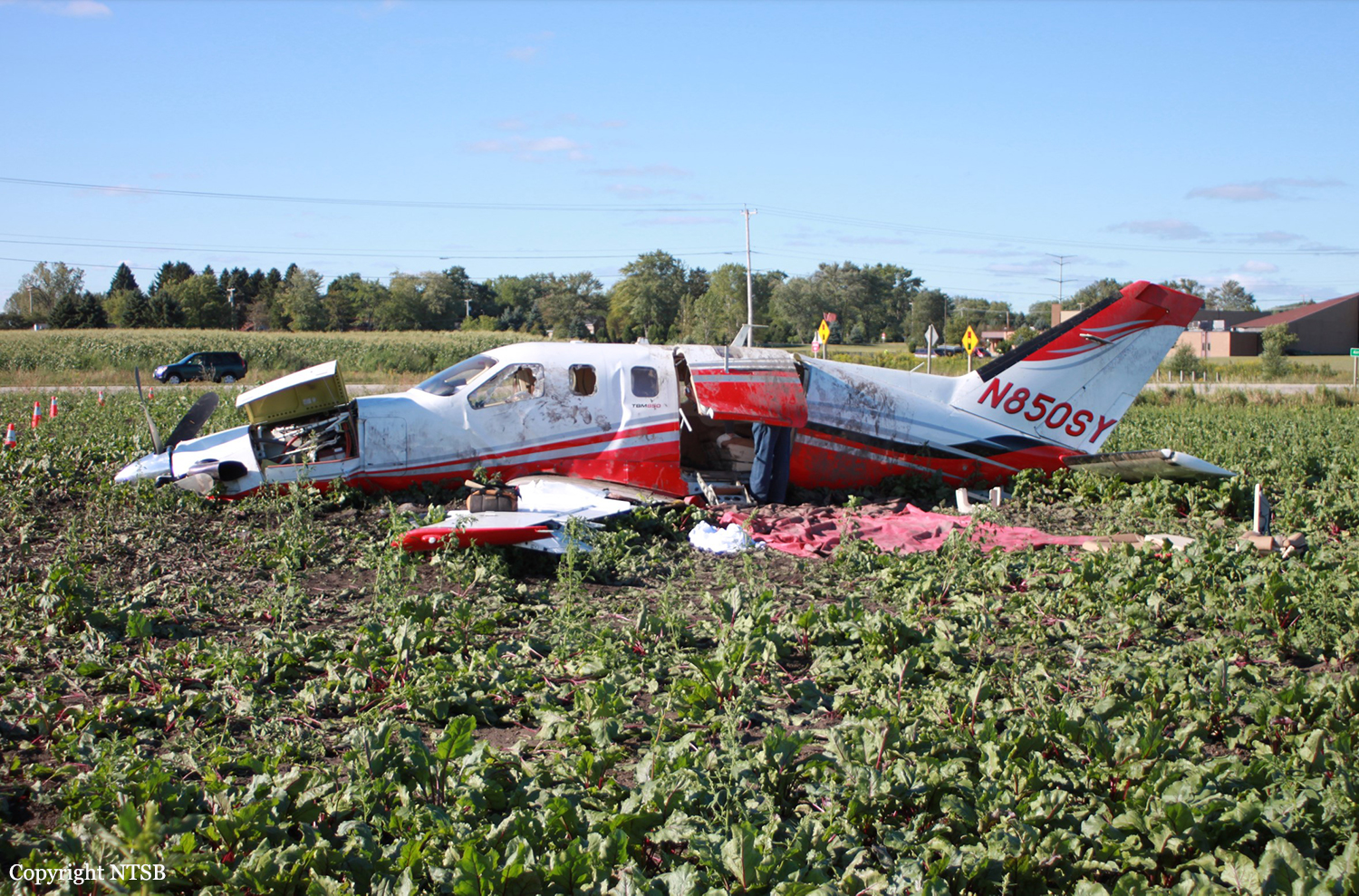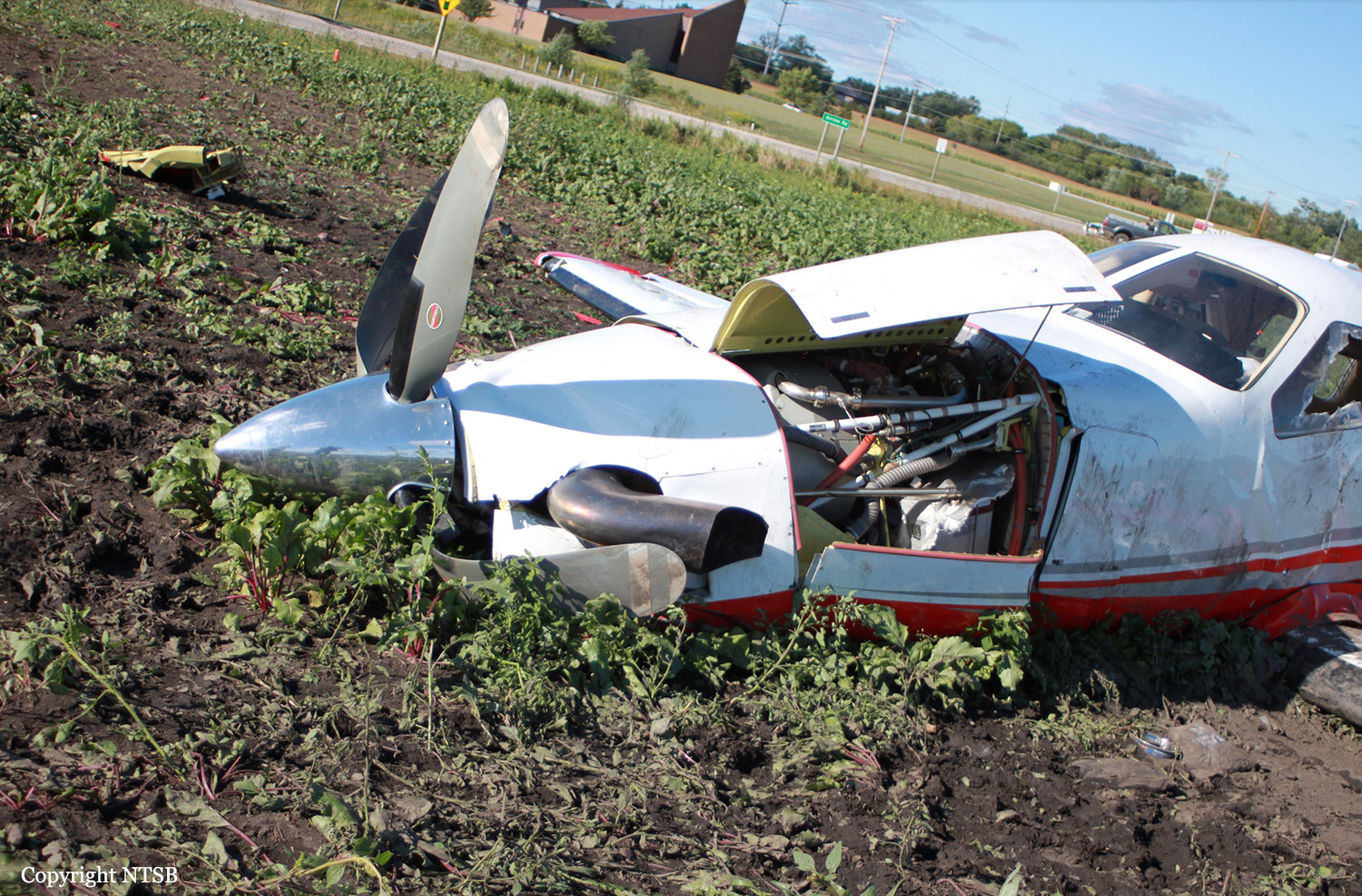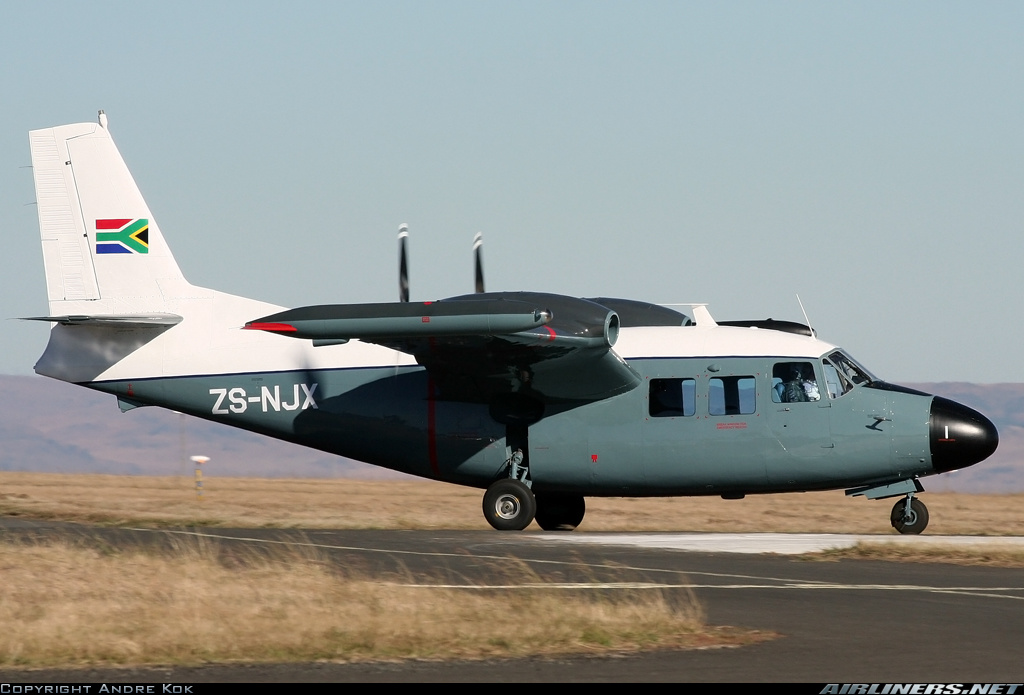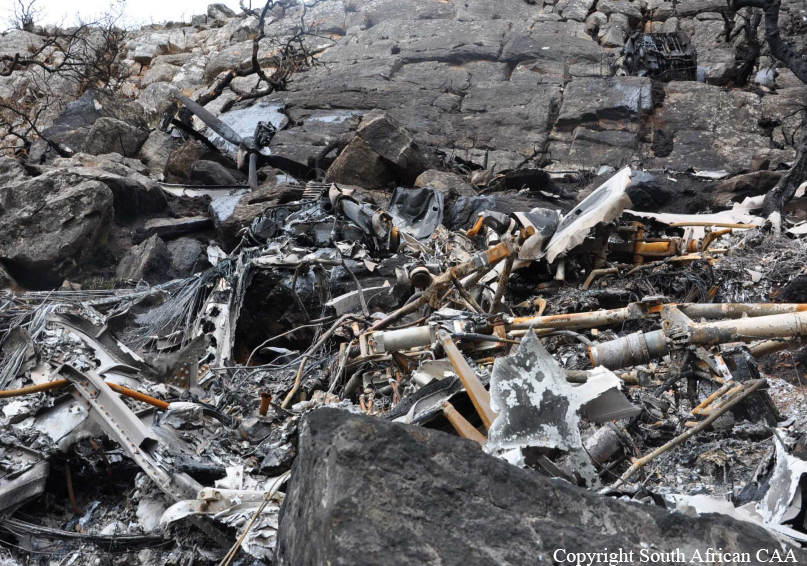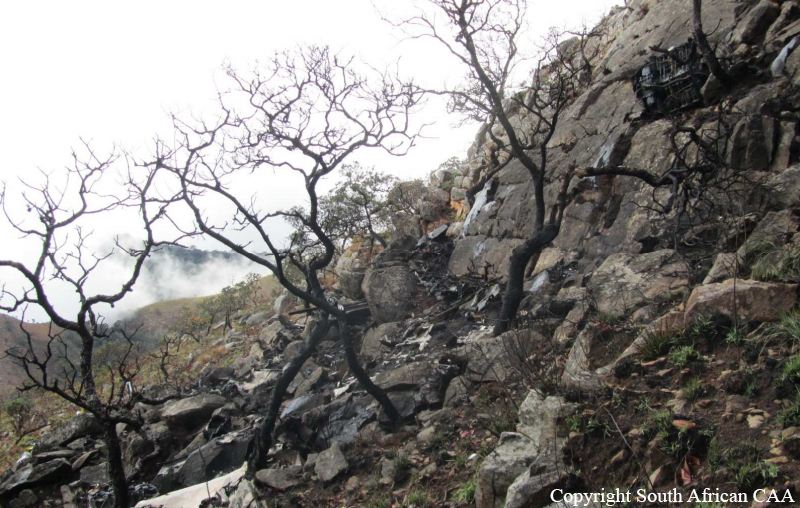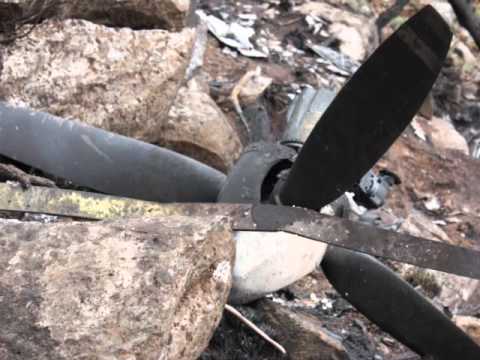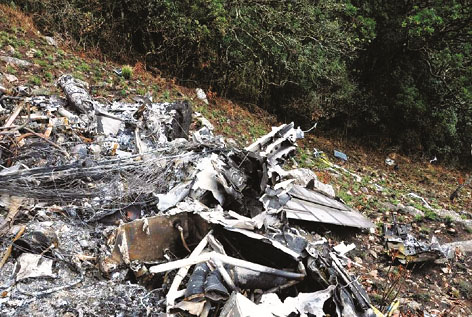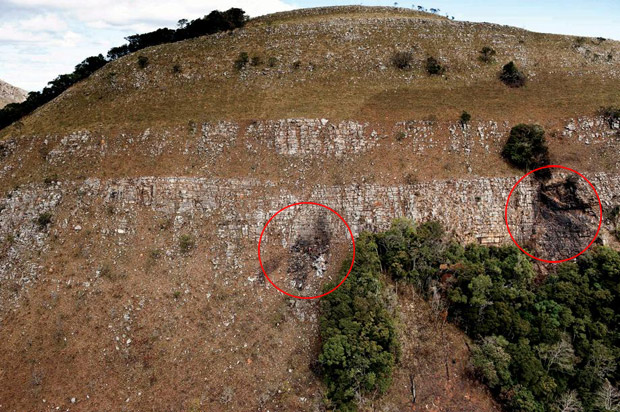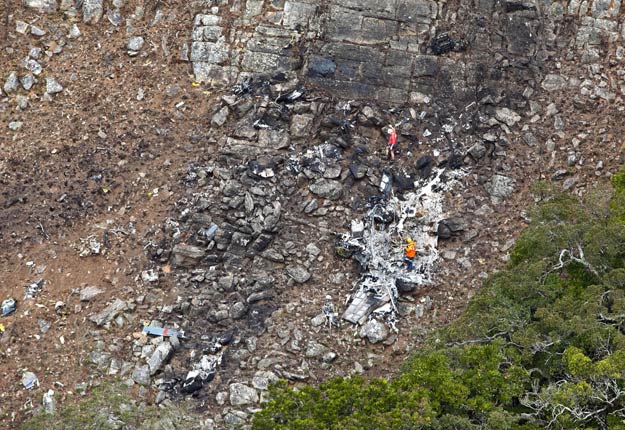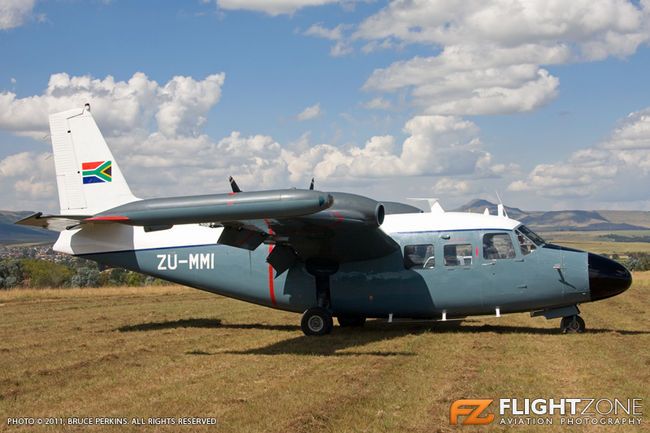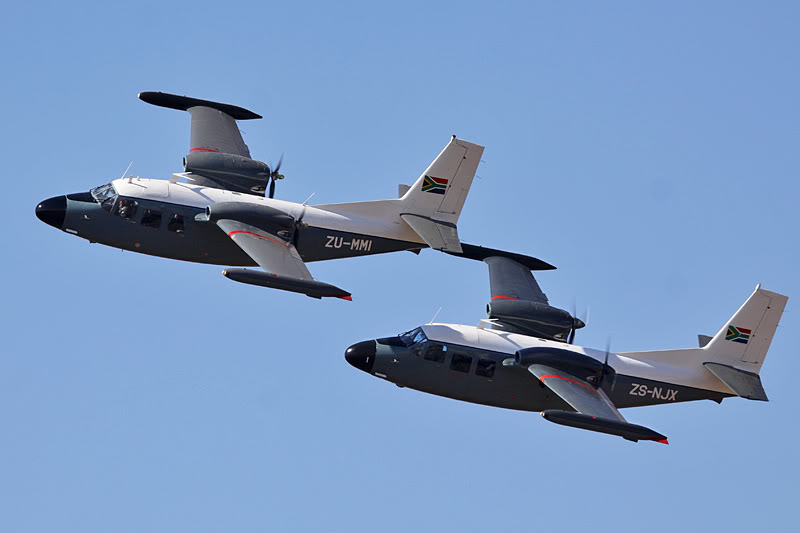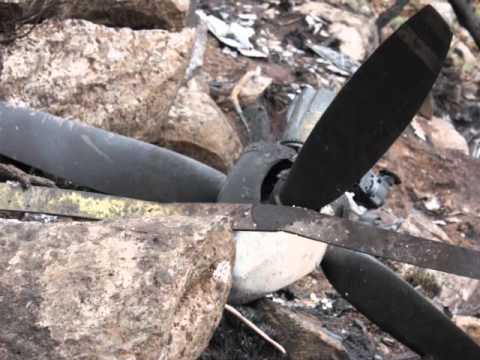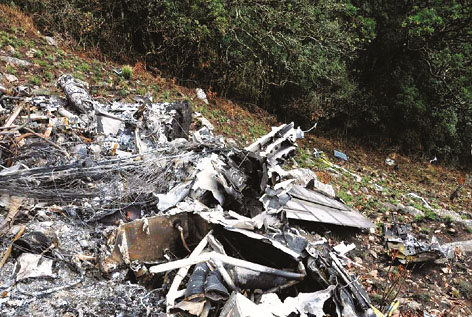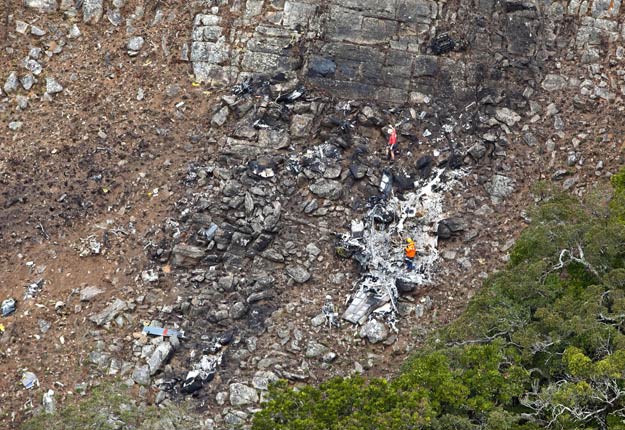Crash of a Piper PA-31-310 Navajo B in Ecuvillens: 1 killed
Date & Time:
Nov 10, 2011 at 1414 LT
Registration:
HB-LOT
Survivors:
No
Schedule:
Ecuvillens - Geneva
MSN:
31-7400981
YOM:
1974
Crew on board:
1
Crew fatalities:
Pax on board:
0
Pax fatalities:
Other fatalities:
Total fatalities:
1
Captain / Total hours on type:
1282.00
Aircraft flight hours:
4991
Aircraft flight cycles:
4981
Circumstances:
Forty seconds after its take off from Ecuvillens Airport runway 28, while flying at a speed of 120 knots, the aircraft slightly turned to the right without gaining sufficient altitude. Then, its altitude fluctuated and it descended and climbed again. Suddenly, the aircraft hit tree tops, lost some wing's and empennage elements while all engine cowlings separated. The fuel tanks were spoiled and the aircraft caught fire. It overflew the wooded area for a distance of 120 metres then impacted a powerline before crashing in an open field located 275 metres after the initial impact, bursting into flames. The pilot, sole on board, was killed.
Probable cause:
The accident was caused by a collision with trees due to an inadequate flight path after takeoff in weather conditions that not allow a VFR flight. An irregular and intermittent operation of an engine probably focused the attention of the pilot to the engine to the detriment of the flight path.
Final Report:
